Pest and Disease Control
5 Most Common Indoor Plant Pests
In order to win this war, you have to know your enemy
That means being an expert at indoor plant pests identification.
Spider Mites – these tiny little buggers (less than 1 mm long) are probably the most common (and most hated) of all indoor garden pests. They are actually little arachnids and because of their small size you may not notice them until they do serious damage to your plants. There are two reliable ways to spot an infestation: one, look for spider-like webbing. Two, take a tissue and wipe gently on the underside of leaves—if it comes back with streaks of Spider Mite blood—you know you have mites.
Thrips – are also tiny (around 5 mm long). Though tough to identify, their damage is easy to see. Look for small metallic black specks on the top of leaves. This will often be accompanied by the leaves turning brown and dry (possibly with yellowish spots) because the thrips have sucked them dry.
Aphids – also known as plant lice. They can be green, black or gray. No matter what color, they can weaken your plants because they suck the juice out of leaves and turn them yellow. You may find them anywhere on the plant, but they often gather around the stems.
Whiteflies – are about 1 mm long and look like small, white moths. This makes them easy to spot, but they’re harder to kill because they fly away when disturbed. They also suck your plants dry causing white spots and yellowing.
Fungus Gnats – surprisingly, the adult fungus gnats are not harmful, but their larvae feed on roots and feeder roots, which can slow plant growth, invite bacterial infection - and if taken to extreme - even plant death.

Now that you’ve learned a little about these hydroponic pests, let’s talk about how to get rid of them:
There are quite a few methods to hydroponic pest control you can employ. Here are three common ones:
Use Sticky Traps – when you hang these around the room, you can trap the pests and that makes it easy to identify them (and of course, it takes them out of the game). Blue stick cards are good for thrips. Yellow cards attract fungus gnats and whiteflies. Tip: make sure some cards are at the soil/medium level of your plants—where fungus gnats congregate.
Various Sprays – you want to minimize use of chemical poisons. And we can’t vouch for the effectiveness of homemade sprays from household items like garlic, etc. But some growers have reported good results from organic “pesticide” interventions. Another non-toxic way to protect your plants—before an infestation—is to add a silica product to your nutrients from the beginning of the cycle. This will produce plants that are much more hardy and resilient to pest infestaion and disease. There are a variety of effective concoctions available in most good hydroponic stores.
Beneficial Predators – some growers report success using beneficial predatory creatures like nematodes. Put these live predators into your medium and they can hunt down and kill the pests. These will usually need to be pre-ordered and may take a few days to procure.
.jpg)
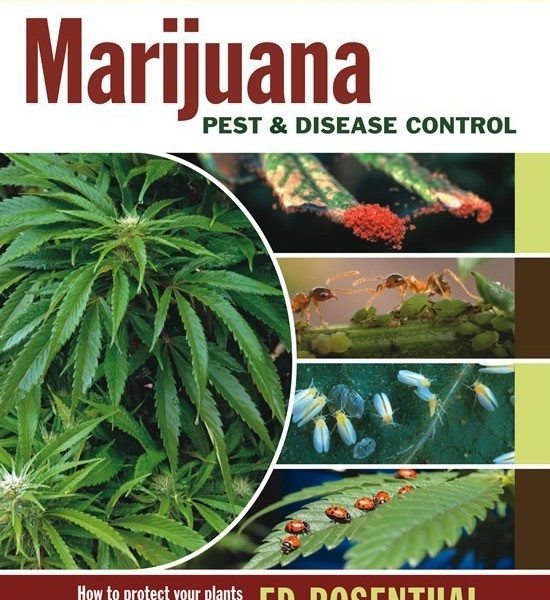
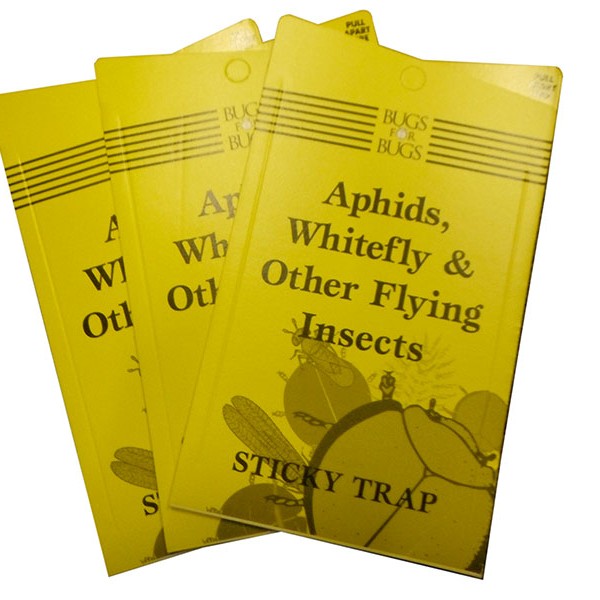
Top 5 Most Common Indoor Plant Diseases
To help you with indoor plant disease identification and diagnosis, here are some of the most common problems that occur …
Powdery Mildew – Does it look like someone sprinkled white powder over your leaves and stems? It could be powdery mildew and if left untreated it will give you stunted plant growth, leaf drop and yellowing of plant tissue. Left untreated, it will wipe the entire crop.
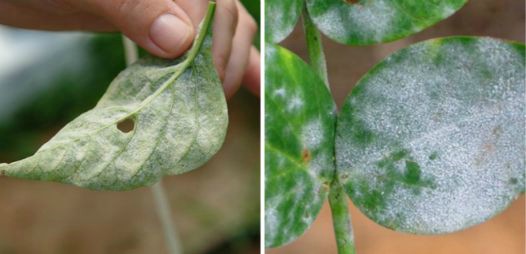
Downy Mildew – Don’t get these two confused. Downy mildew mostly appears on the underside of leaves and doesn’t look like a powder the way “powdery” mildew does. They both can cause yellowing of leaves which makes them easy to mis-identify though.
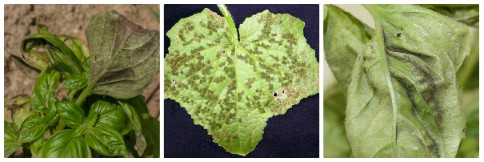
Gray Mould – Also called ash mold & ghost spot – you’ll see it start out as spots on leaves that lead to fuzzy gray abrasions and will continue deteriorating until your plants are brown and mushy. *All the above should be treated immediately with an anti-mould or anti-fungal spray. Ask your favourite hydroponic retailer for advice.
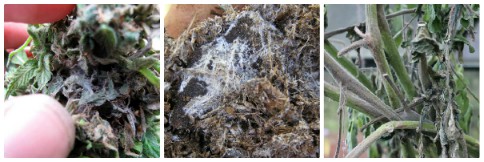
Root Rot – Over-watering will diminish the level of oxygen at root level, which will not only rapidly slow their formation and directly affect the overall growth of the plant, but also.create an ideal environment for nasty pathogens to thrive, all of which are fantastic pre-cursors of root rot. Plants will wilt and turn yellow, roots can get mushy and smelly, thus creating an extremely unhealthy environment which will no doub kill your much-loved plants. Ensure your media is not too wet by adjusting your time & frequency of watering.

Iron Deficiency – Plants lacking iron will lack chlorophyll, so you’ll see the leaves turn bright yellow while retaining green veins. It is usually caused by the pH of the nutrient solution being too high, or with the use of incomplete/incompetent 'home-made' - type nutrient solutions. Often misdiagnosed and over-treated, it is actually easily rectified by adding an iron supplement initially and maintaining your pH to an acceptable level.

Now that you know a little bit about hydroponics plant diseases, let’s talk about how to protect your crops.
The best way to fight back against pests & diseases is to try to prevent them in the first place - use the mantra: 'Prevention is the CURE'.

Make sure you’re following these tips …
- Wear Clean Clothes – pests and diseases can “ride” into your grow room on you. So make sure you’re wearing clean clothes when you enter your grow room. That includes shoes that you might have walked through disease/pest laden outdoor soils with.
- Clean Up Spills, Runoff, Etc. – because so many moulds and mildews and other disease problems can be caused by excess water/humidity, you’ll want to make sure you keep your system running efficiently and cleanly, while also cleaning up any spills or leaks.
- Keep Plants Clean – make sure to pick up and clean any dead plant matter you find around. Also prune your plants when necessary to remove diseased leaves/branches. The less dead plant matter the less pests/diseases. Guaranteed.
In short, cleaner is better!
Happy growing :)

.jpg)